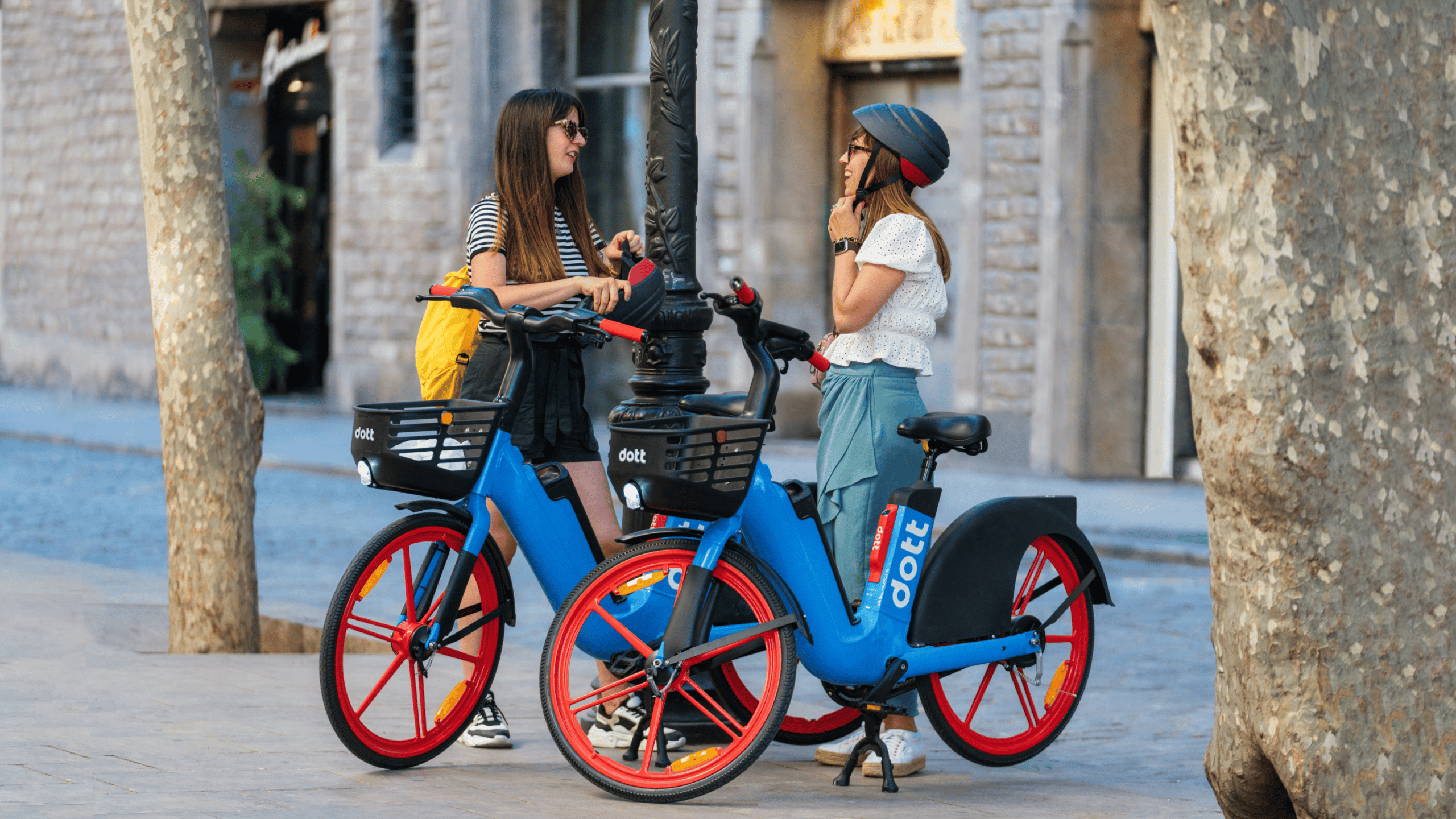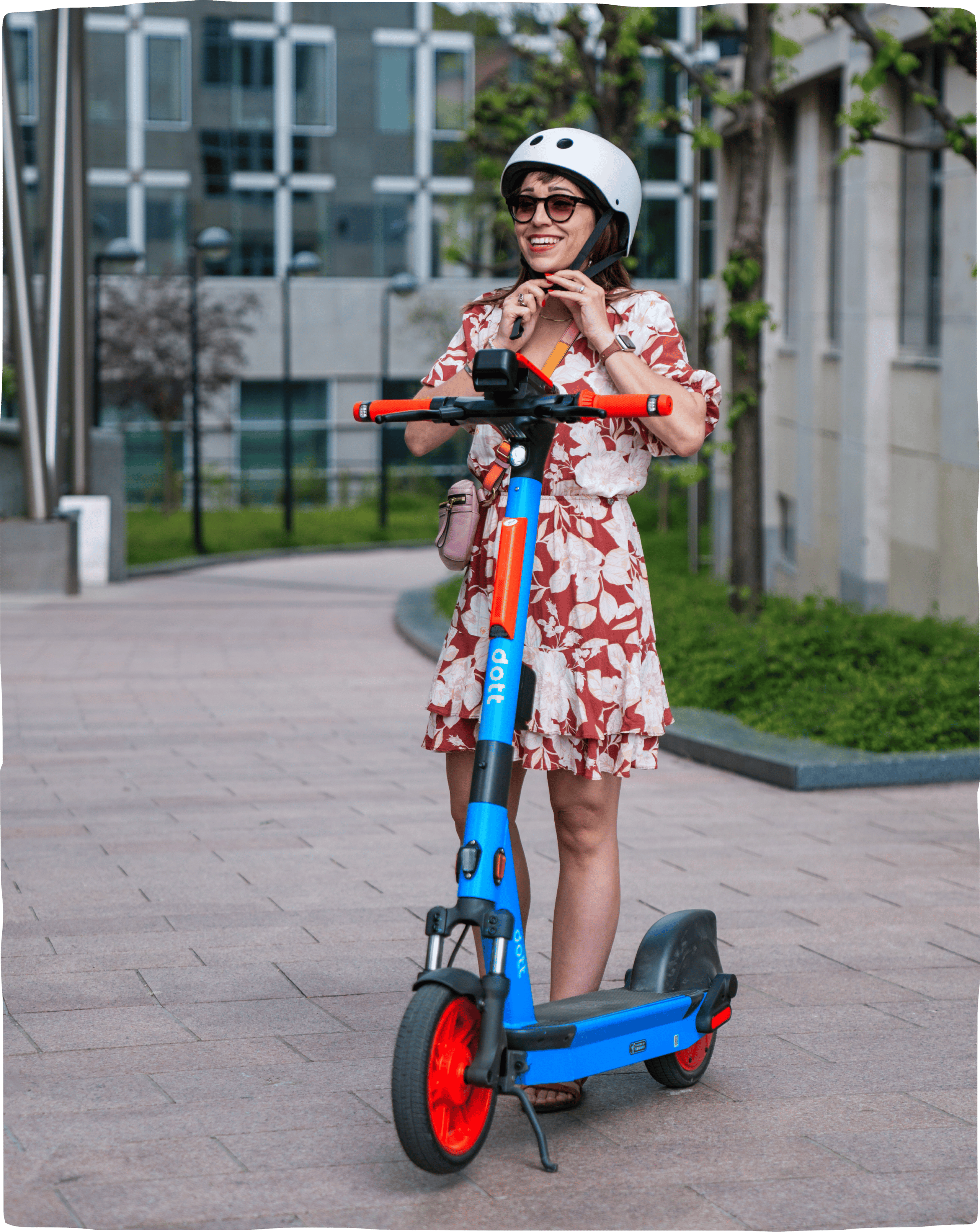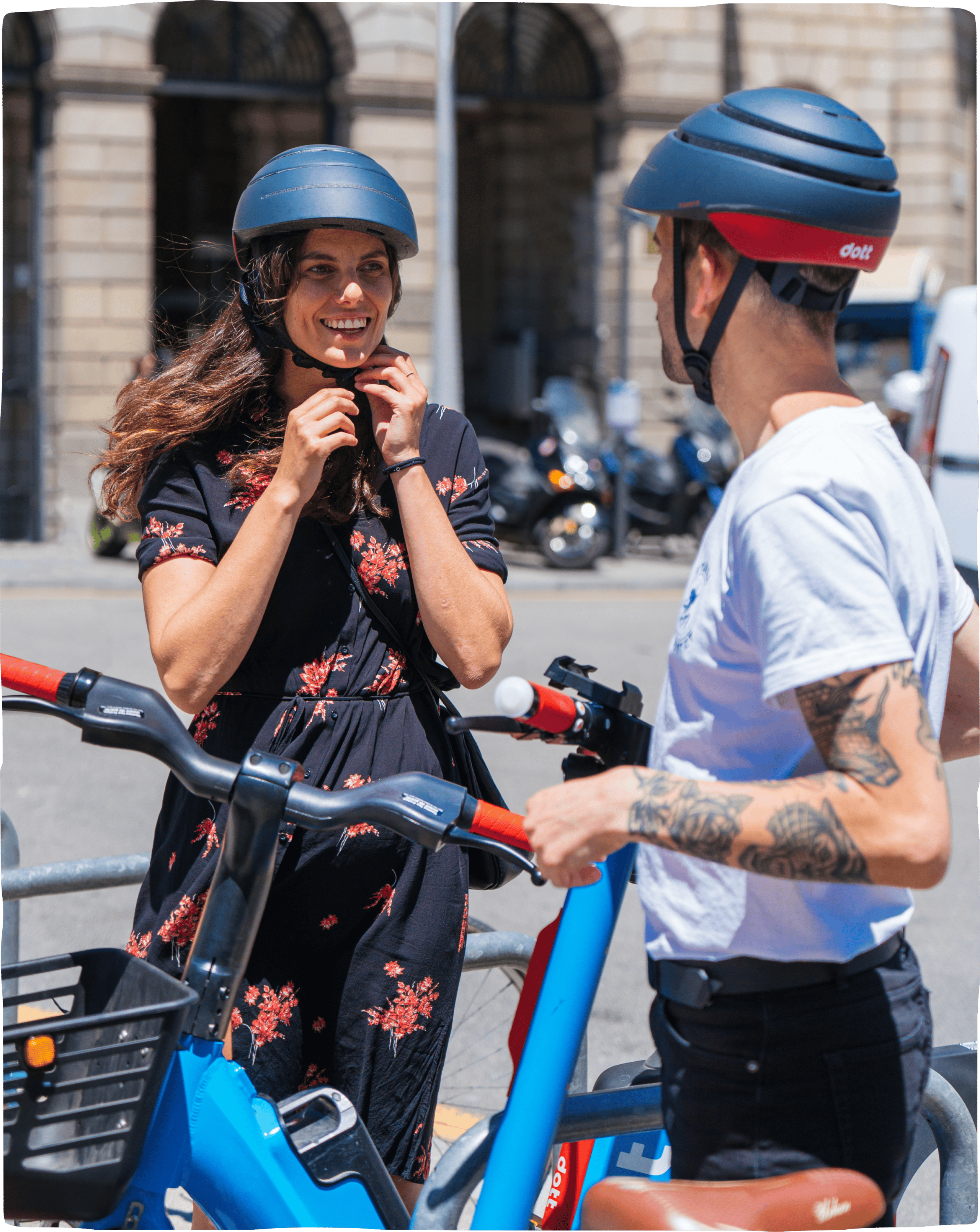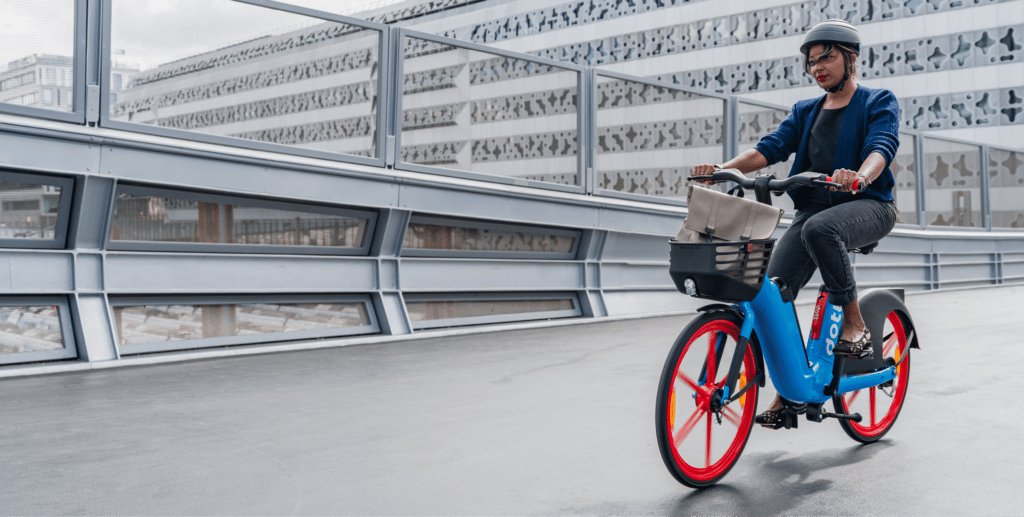


3 years ago
Dott is designed by and for all people. We want to be a reflection of the diverse cities in which we operate, and ensure that everyone can freely move through, and enjoy, those cities.
That’s why we teamed up with innovation group Steer to research and highlight the gender gap in micromobility, and to implement solutions that lower barriers for women to access our e-vehicles. Their research focused on the UK, France, and Italy, surveying women who do and don’t use our e-scooters, and interviewing experts in the field of gender and micromobility.

There’s a gender gap among the people using our e-vehicles. At the end of 2021, 29% of Dott users were women, while 71% were men. That said, the gender gap is smaller in markets where our e-scooters have been available longest, and also among our newer riders. These observations suggest that micromobility is maturing, but that we still need to take action to boost women’s ease of access and use in shared micromobility now.
The research reveals that there’s a lot of untapped interest for micromobility services among women who currently don’t use it. More than 35% of respondents indicated that they would be interested in trying our service. In particular, nearly 50% of women over 45 said they were open to using Dott e-scooters.
For us, these figures confirm that we need to better accommodate people who could benefit from micromobility.

Understanding what stops women from being included in micromobility is the first step to remedy it.
Risk perception is a big factor that prevents women from using shared e-scooter. Even though some women mention the safety of the vehicles as a concern, the vast majority of women mention the current infrastructure in their cities as the main barrier. They indicate that sharing the road with cars and buses while on an e-scooter feels unsafe.
Interestingly, women taking the surveys indicated that they see e-scooters as a safer mode of travel at night compared to walking and public transportation, as it offers them speed and agility.
Other reasons women don’t use shared e-scooters are price, availability and coverage. Reliability of the service is important for women as they are likely to “trip chain” – where different tasks are combined within one trip. In order to be able to fulfill the many purposes of one trip, there needs to be no question about whether an e-scooter is available to get all things done.
Additionally, women indicated that they carry multiple bags or items with them that they need to store while on the go, which the existing e-scooter design doesn’t lend itself well to.

Over in the UK, we help make sure that crucial NHS and Emergency Service workers can get from A to B at all times, whether they’re running errands or getting home from A&E. We offer Blue Light and Defence workers a 75% discount on pay-as-you-go trips, and in the event of a national lockdown, we up that discount to 100%.
To take advantage of the Dott Heroes initiative, NHS and Emergency Service workers download the Dott app and send an email requesting the discount along with their information. Once approved, workers can begin using the discount immediately via the app.
We also have discounted rides for other communities in the UK. People with an H2C certificate, DID card or a Disabled Persons Railcard can take pay-as-you-go Dott journeys with 50% off the price. Meanwhile, all students and staff at higher education institutes receive 20% off pay-as-you-go trips. These discounts help more folks go about their day-to-day activities and enjoy the cities they live in.
Making micromobility more accessible to more people requires making positive changes in cities.
Our research has prompted us to take action around indicating where more bike lanes can be added, where dedicated areas for e-bikes can be established, and where e-scooters can serve communities lacking transport options. These solutions don’t just serve micromobility users – they make cities cleaner and more sustainable in general.
We’re also developing data-driven parking recommendations for the cities we operate in. These recommendations take perceived safety concerns from women and other riders into account, and suggest the safest possible option to disembark. For instance, making sure parking locations are well-lit, and available in high traffic areas.
These are just a handful of the processes we’re going to explore to bring more women onto two wheels in a safe and convenient way.
We know that this research is only the beginning of a longer journey to encourage more diverse Dott usership, and to consistently meet the evolving needs of different communities. We take our role as a responsible city partner very seriously, and we’ll continue towards equality, giving a ride to anyone along the way.
